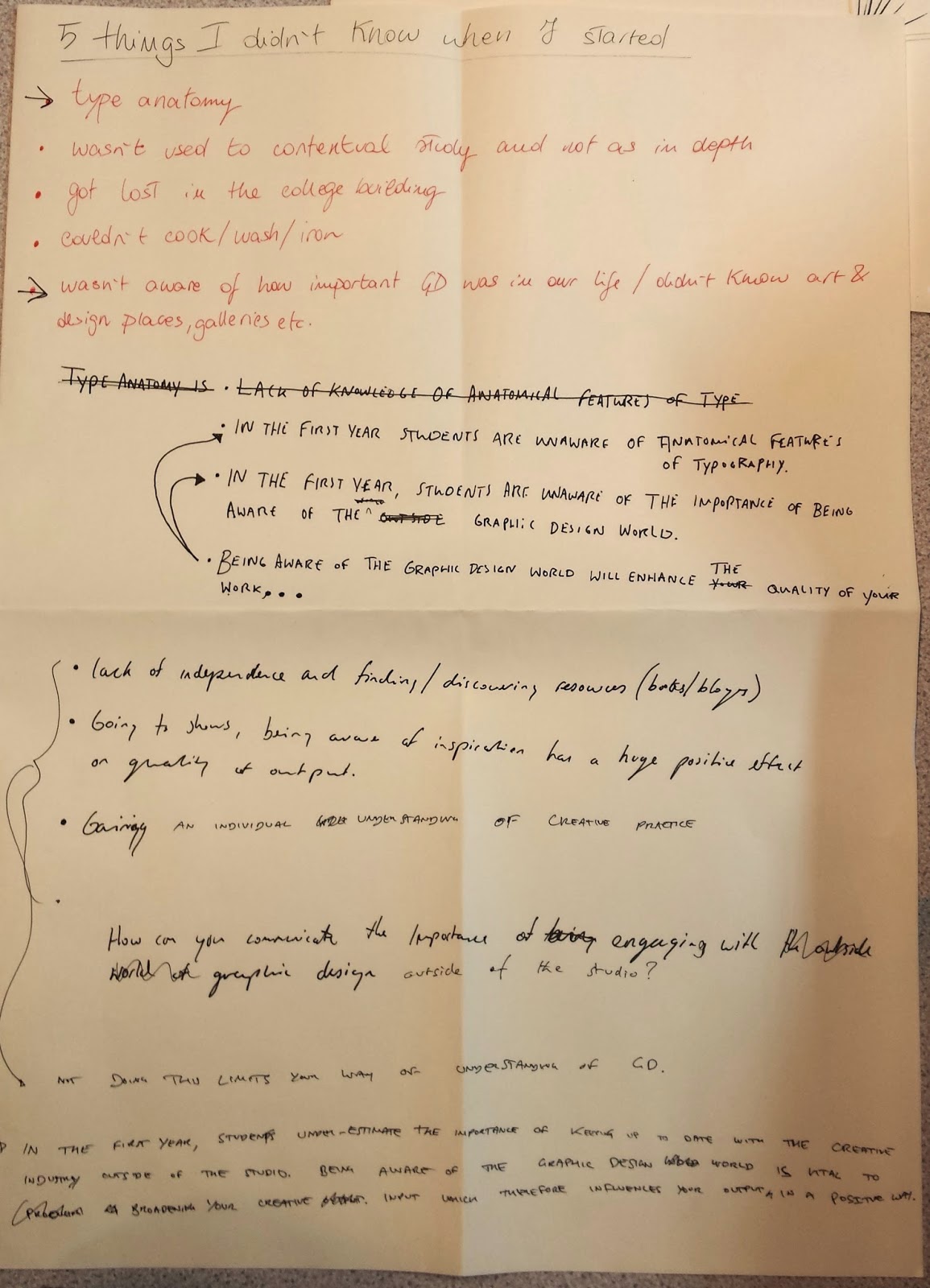Screen printing process
I spent a whole day in the Rossington Street printing room. I never realised that it took so long to get it all done, so I'm glad I've had this experience to know for future big projects.
I found that I should have test printed using my chosen colours, because I made a turquoise colour and black, and the turquoise dried completely differently than what I expected or had hoped for. It dried as a rich green with a hint of blue in it, but not enough. However, I still like how the green turned out with the black against it, and isn't TOO far off turquoise. I see this as a good learning curve; a mistake to learn from. (the photographs actually make the colour look more blue than it is)
Above are some of the prints I did; I used different types of stock and found that I had some issues with the paint. Saying that, I think mistakes can make prints look quite authentic and more interesting. I especially like the prints on antique white paper, which I have used for the final chosen print. The texture created by the paper is really nice, and suits the retro feel of my design. The white card made for an extremely clear print but I feel that its too crisp and boring.
Final chosen poster
I chose an imperfect print on antique paper rather than a perfectly printed one, because I like the effect it has made. Matching up the positives was really hard but I like the outline.
I'm happy with how the poster has turned out, although some of the letter outlining has clumped together to make thick parts of the black colour. I think overall it is a successful film poster for the movie 'The Cold Light of Day'.








































